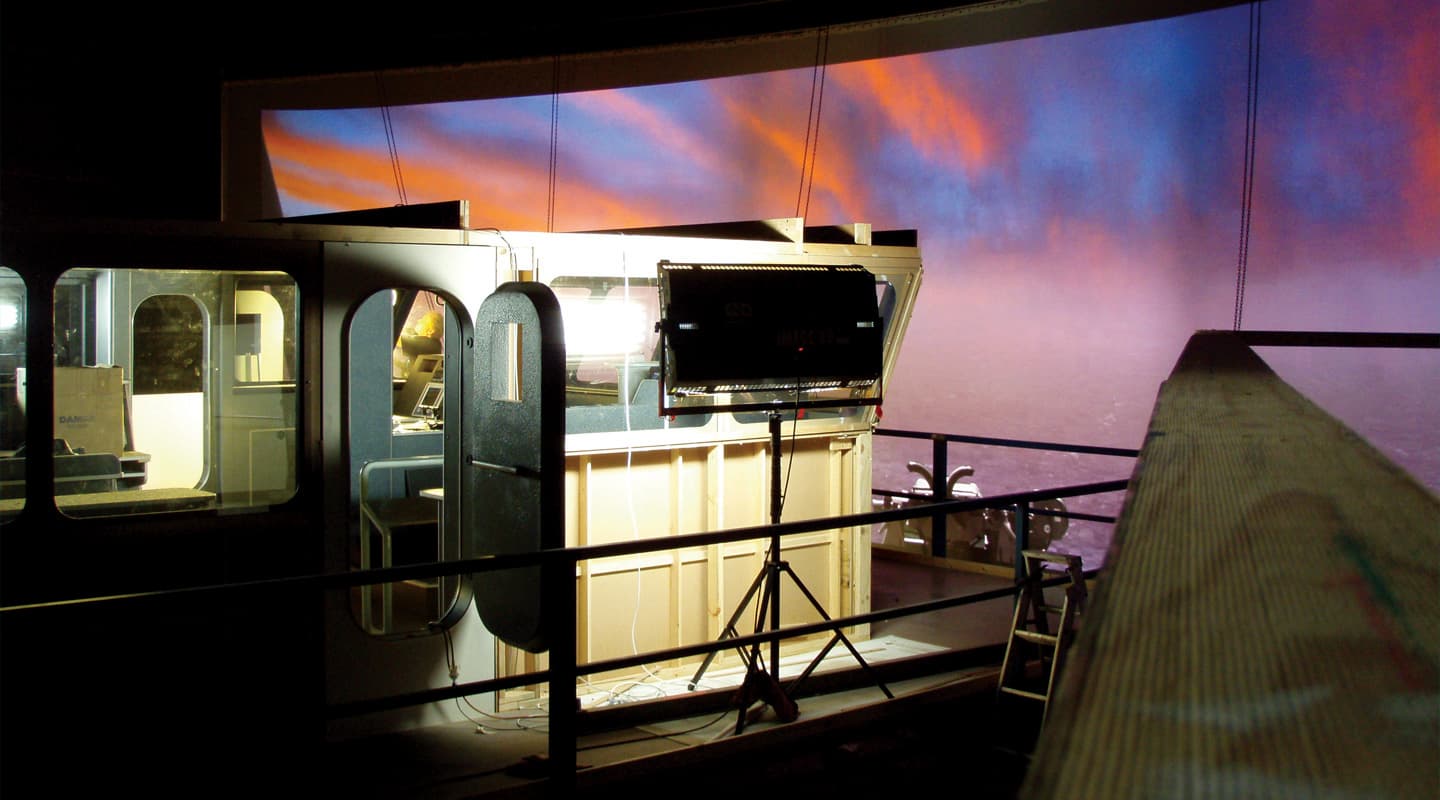
Rear Projection All At Sea
Thanks to some rear projection Sea Patrol doesn’t miss the boat.
Text:/ Gep Blake
Images:/ Technical Direction Company
“Say, let’s go for a drive!” said Arthur. “Why that’s a swell idea!” exclaimed Jane with an excited smile. As they sat bouncing around in their little red convertible, laughing into the wind from an industrial fan that blew their hair every which way, the streets of Napoli rolled past behind them… washed out, black and white and in two charming but very flat dimensions. Interestingly, it was really the streets of Rome that rolled past Jane in close up, but never mind. At least they looked like they were having fun. Ah, the exuberance of youth!
PLATES — JUST IMAGINE
Rear projection plates (the screen onto which the image is projected is referred to as the plate) in film and television are not a new concept, in fact they’ve been around since the introduction of ‘talkies’. A science fiction musical comedy (I kid you not) called Just Imagine produced by Fox Film Corporation in 1930 is generally credited as the first film to utilise a large-scale rear projection effect.
Technological advances, such as brighter projection lamps and the ability to synchronise several projectors and cameras to eliminate flicker, led to rear projection quickly gaining popularity among filmmakers over the ensuing decades. Most notably used for portraying travelling shots — in planes, trains, automobiles and the like — rear projection may have required a large sound stage, but it was cheaper and safer than shooting on location. As long as audiences were willing to suspend their disbelief and accept that flat look, often accompanied by dreadful discrepancies of lighting and movement between the live action and the plate, rear projection ruled.
We’ve all seen the backgrounds hopelessly mismatching the live performance in those classic late-night movies and more recently it’s even been exploited for great comedic effect by Mike Meyers and others. Blue screen and travelling matte techniques were also being developed in the 1930s, but they were expensive and time consuming. The big advantage of rear projection was the camera filming the live action did not need to be locked down, and once the scene was shot, it was ‘in the can’ with no additional post-production required. For producers on a tight budget, the choice was simple.
As computer-generated images and various keying and matting technologies have revolutionised film and television special effects over the last three decades, projection was becoming a tool more widely used in live functions and events. However, behind the scenes, those very same computer-based imaging technologies have quietly been finding their way into rear projection. The plate is back, but this time it looks fabulous.
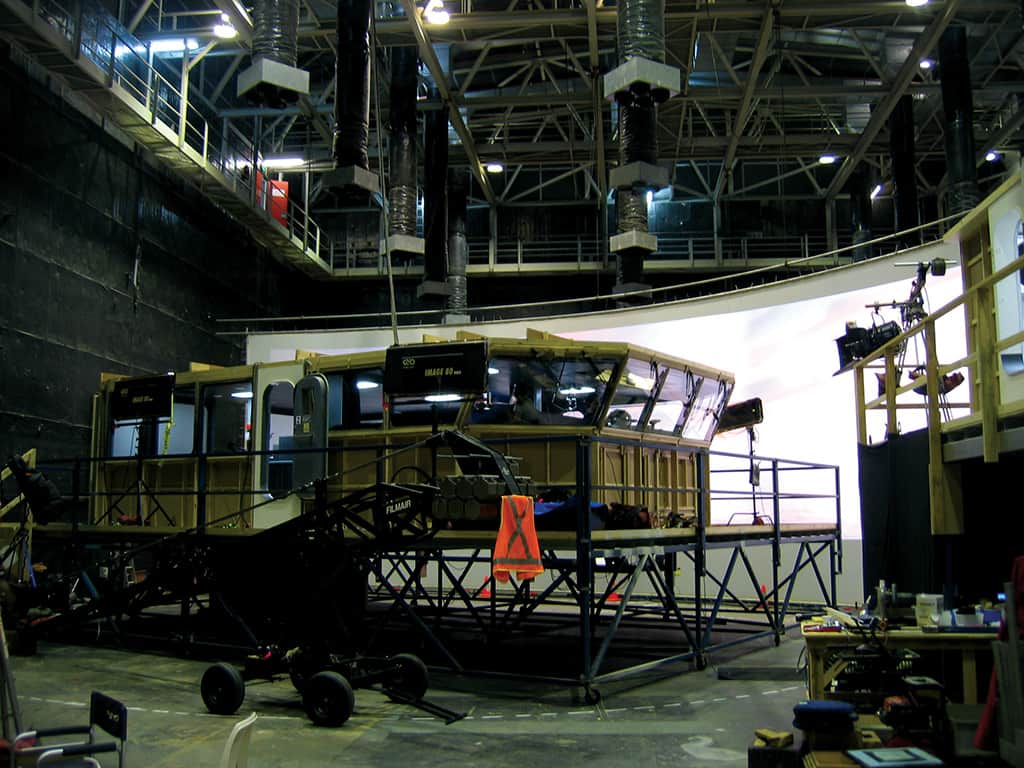
The set is mounted on a castor system to reposition it against screen.
HMAS INTREPID SOUND STAGE
Channel Nine’s drama Sea Patrol began shooting in September 2006, with the second series now on air. The story revolves around life on HMAS Hammersley, a fictitious Australian naval patrol boat. The boat used for the series is a real Royal Australian Navy patrol boat, HMAS Ipswich, rebadged for the drama. While most of the series was shot on location off the coast of Queensland, a full-size replica of the ship’s bridge was built on a sound stage in Warner Studios on the Gold Coast. The bridge scenes involving other vessels were shot on the real boat at sea, but the other bridge scenes were shot in the set. A state-of-the-art rear projection system was designed and built by Technical Direction Company (TDC) to simulate the ocean view from the cabin. The set was mounted on a turntable that could be rotated to achieve a variety of different camera angles. This required the projection plates to accommodate a very large angle of view.
Made from Stewart AeroView 100 flexible rear projection screen material, the 22m by 6m screen was mounted on a curved support structure. AeroView 100 has excellent edge blending characteristics, excellent white field uniformity and a claimed viewing cone of 180 degrees – attributes which made it a good choice for the task.
“”
It provided a far more realistic environment for the actors. So much so, in fact, that some of the cast actually got seasick in the studio.
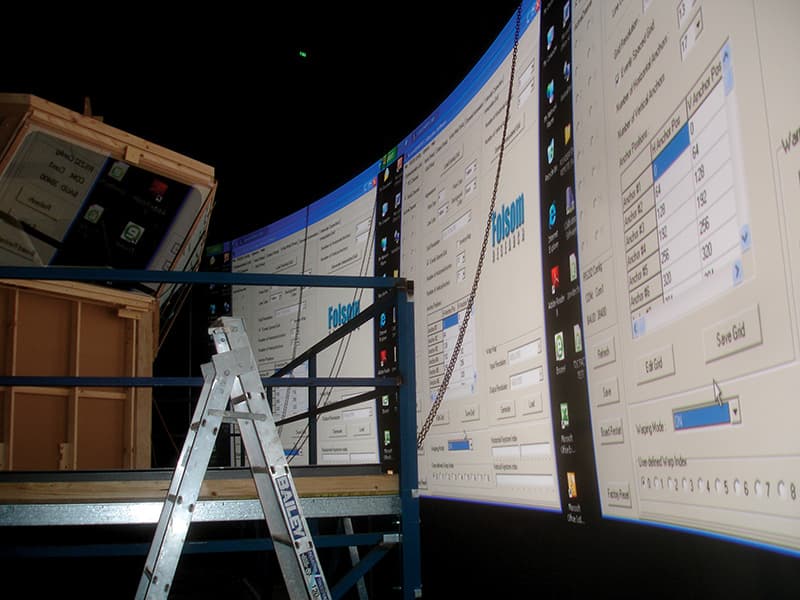
Three pairs of projectors are blended for the panoramic backdrop.
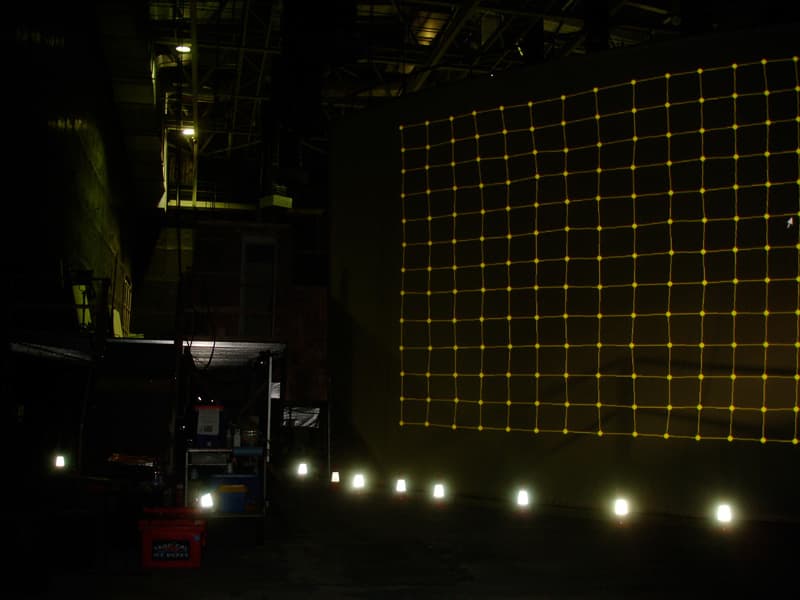
An alignment grid is projected to adjust for distortion.
20,000 ANSI LUMEN, DOUBLE STACKED
Six Barco FLM R20+ 20,000 ANSI lumen projectors were used to get the image on to the plate. The projectors were configured as three stacked-pairs to achieve the required light levels on the screen. Once they were converged and edge blended the resulting image was both bright and consistent. Because of the curved screen, each projector had a dedicated Folsom ScreenShaper video mapping processor to compensate for image distortion.
Toby Waley who managed the project for TDC explains: “The curved projection system is something we have done for a couple of years now, so most of the challenges we had dealt with previously.
“The ScreenShaper processors require physical dots to be positioned on the screen for line up. The issues with this are not just limited to the time it takes to measure and attach these dots, but how we attach the dots. Using little green paper dots can leave a residue that will damage the surface.
“TDC has developed a proprietary process that enables us to position these dots and align the projection system in a much shorter time. We estimate that we shaved around 20 man hours off the setup process with this new black box technology.”
The plates were shot with four High Definition Sony 900R cameras, mounted on the front deck of the Armidale Class patrol boat, HMAS Broome. Two cameras were facing forward and one each was facing port and starboard. Visual effects supervisor Soren Jenson from The Lab then interlaced the plates to create a panoramic seascape and treated some to create additional full sun, sunrise, sunset and night effects.
The projected image was replayed from a Sony SRW-5000 HDCAM SR deck feeding an anamorphic HD-SDI signal into two Vista Systems Spyder video processors.
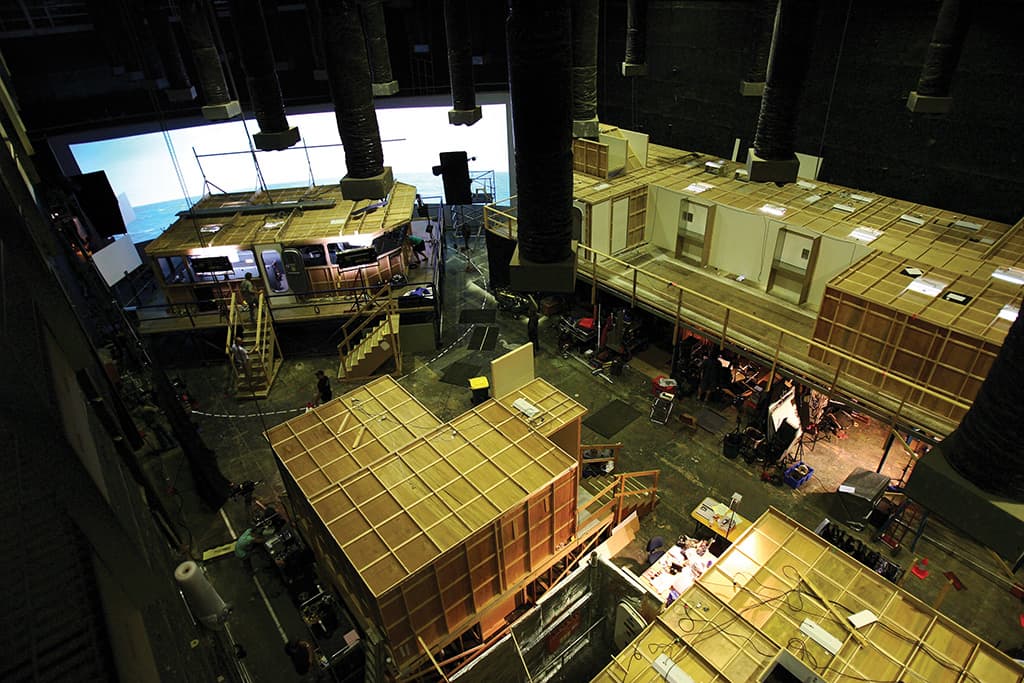
Setting up for a shoot.
ALL GOOD, TOO QUEASY
So, why go to all this trouble, rather than just setting up a big chroma key? One of the advantages of a rear projection setup like this was that Director of Photography Russel Bacon was able to effectively see the final image and light the bridge set accordingly. It also provided a far more realistic environment for the actors. So much so, in fact, that some of the cast actually got seasick in the studio. Toby Waley again: “this process yields a more natural result due to the real light sources, combined with a saving in cost. We discussed recently what we could do to improve the process, and at the risk of sounding arrogant, we all agreed this solution worked well. Maybe too well for some of the actors. So there is no need for us to re-invent the wheel should we take on a similar project again.”
OTHER APPLICATIONS IN THE SAME BOAT
AV asked Toby how difficult it was to get all this together and how a rear projection setup like this for film or television would differ from what he might use in a live context – a large conference or a concert for example. “They are very similar from our perspective; although we notice that the film or television client will tend to put more attention to detail into the content creation being exactly spot on. The guys from Sea Patrol were really on the ball when it came to creating true pixel-for-pixel content, and maintaining the highest resolution possible. They all spoke the same language that we do in terms of pixel management, so it was a real pleasure dealing with them.
“We package our various technologies in ‘Modules’ so it’s easy to create flexible and unique solutions, without re-inventing the wheel for every show. In the case of Sea Patrol 2, we combined our Curved Screen Projection module, with our High-Res Wide-Screen switching system, and a High-Res Media-Playout rack. When you combine these three components with techs that know how to put them together and engineer the equipment properly, the rest just falls into place and the results speak for themselves.”

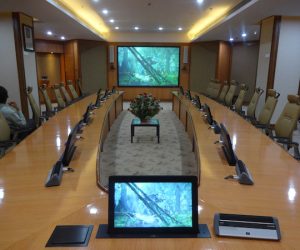
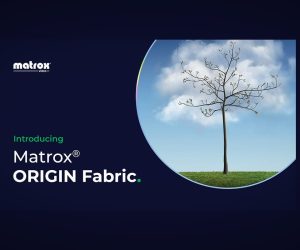
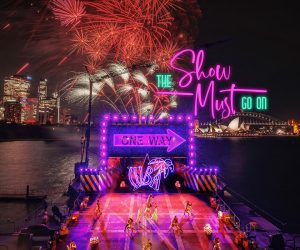
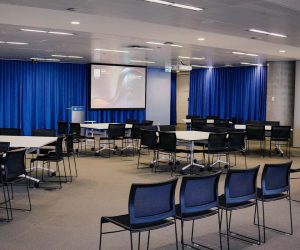
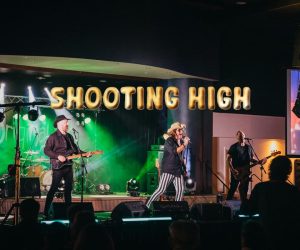

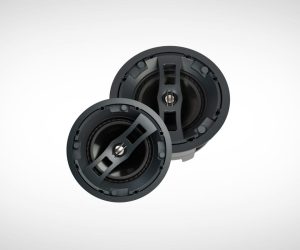
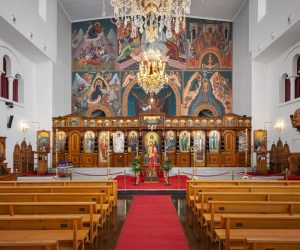
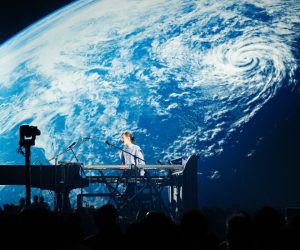
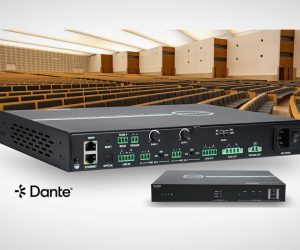
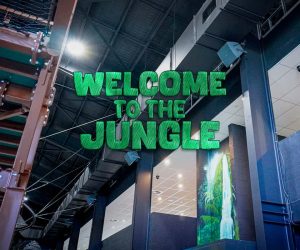
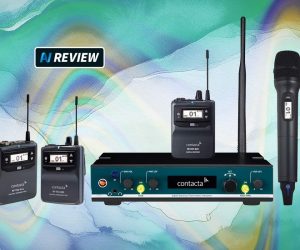


RESPONSES